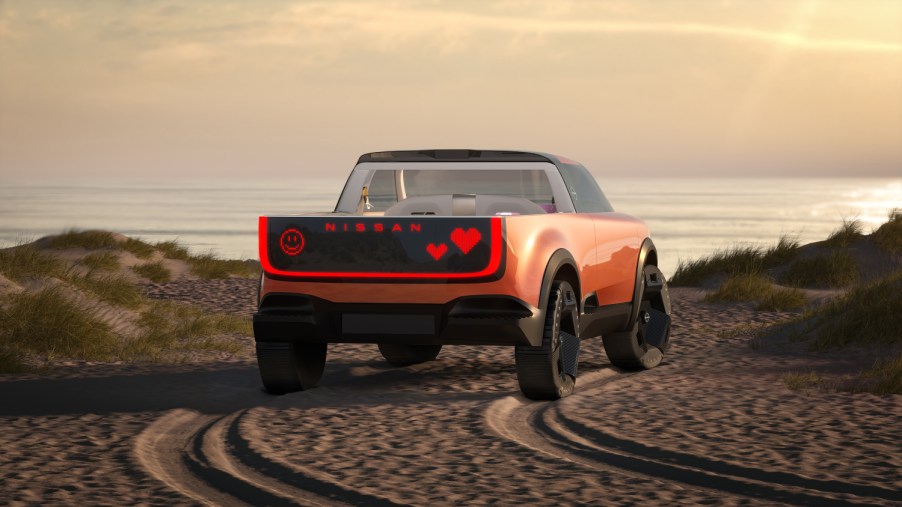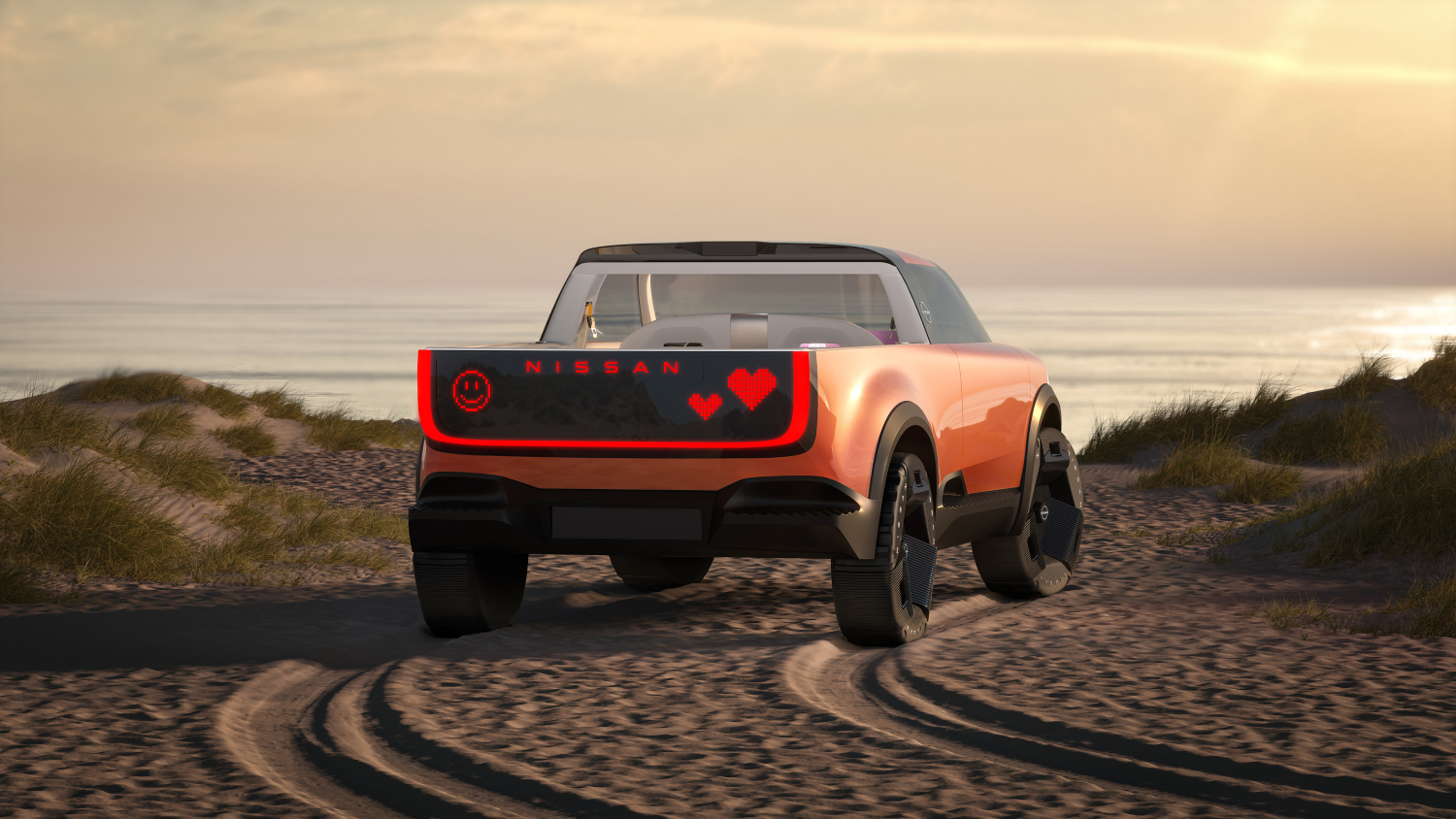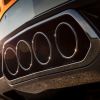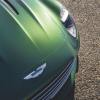
Does the Nissan Ambition 2030 Electric Vehicle Plan Lack Ambition?
Nissan announced its Nissan Ambition 2030 electric vehicle plan recently, and it seems lackluster at best. What are the crucial parts of this plan, and will the popular automaker be able to catch up? Don’t forget about the Nissan Leaf, one of the more popular electric vehicles from the early 2000s.
The Nissan Ambition 2030 electric vehicle plan is a little late

Nissan Motor Corporation revealed earlier this week the newest plan for electric vehicle development. Nissan Ambition 2030 is expected to be the brand’s “vision to empower mobility and beyond.” Nissan plans to launch 23 new electrified models along with 15 new electric vehicles. The automaker is aiming for 50% electrification by 2030.
One of the key phrases in the press release is the plan to “accelerate electrification plans” with a $17 billion investment. That’s because even if Nissan had a lead on the EV race at one point, the brand does not have that anymore. While other companies have been working on EVs behind the scenes, it seems that this one was not. The plan mentioned a lot of “electrified” models, which essentially means hybrids and plug-in hybrids of vehicles that already exist.
“We are proud of our long track record of innovation and of our role in delivering the EV revolution. With our new ambition, we continue to take the lead in accelerating the natural shift to EVs by creating customer pull through an attractive proposition by driving excitement, enabling adoption, and creating a cleaner world,” Nissan COO Ashwani Gupta said.
A lineup of “electrified” vehicles isn’t the same as electric vehicles
Nissan’s plans to offer “electrified” vehicles isn’t even that ambitious. That just means offering an electric motor option for a car, not offering a ful ellectric vehicle option. This sounds OK in theory but isn’t exactly going to carry the brand into a fully-electric lineup. With regulations changing and gasoline-powered vehicles being phased out, an “electrified” future seems like a cop-out.
On the flip side, it makes sense the manufacturer is being a bit cautious about this electric vehicle trend. AESC (Automotive Energy Supply Corporation) and Nissan were in cahoots back in 2007 to try and produce electric vehicle batteries. The automaker dumped a lot of money into this venture, and the Nissan Leaf was one of the vehicles built at the time. This used AESC batteries.
By the time 2014 rolled around, Green Tech Media reported that AESC was the second largest electric vehicle battery producer. This was second to Panasonic and LG Chem. But by the time 2016 rolled around, Nissan decided to sell its majority share in the company. The Nissan Leaf had a hold on the market until Tesla hit the scene. Since then, the brand has fallen off the EV train in a big way.
Chill out and check out the Chill-Out concept vehicle
Nissan has some bizarre concept cars in the works, like the Surf-Out truck depicted above. It also has one called the Chill-Out, Max Out, and Hang-Out concept cars. The press release also mentions working on solid-state batteries, like the rest of the industry. Will its previous relationship with AESC and the Nissan Leaf be able to bring Nissan into the current century quicker than anticipated? It certainly had a bit of a head start.
The race is on to create the best EV and snap up electric vehicle sales before someone closes in on the industry.



